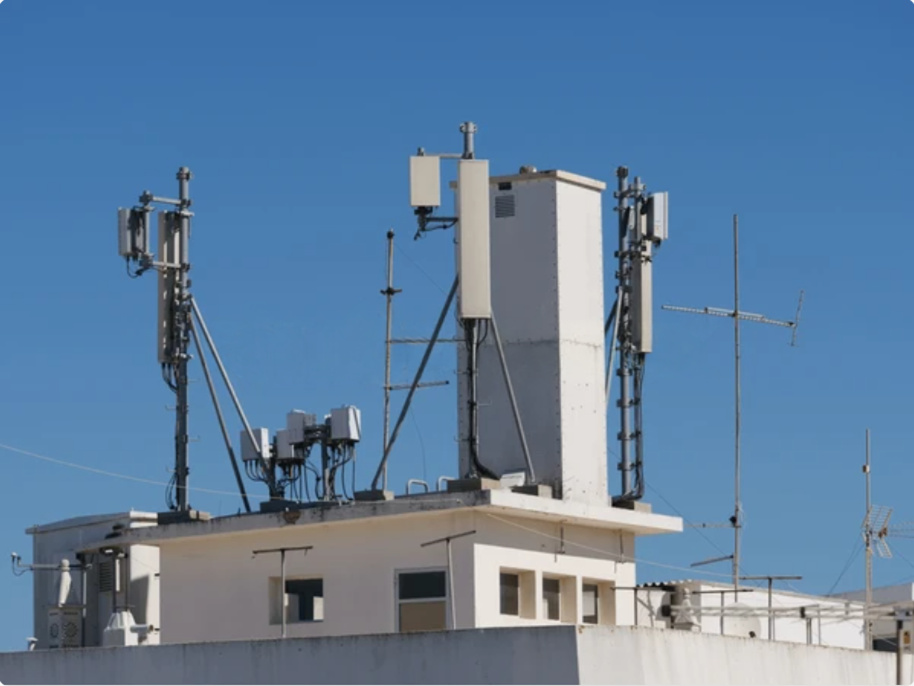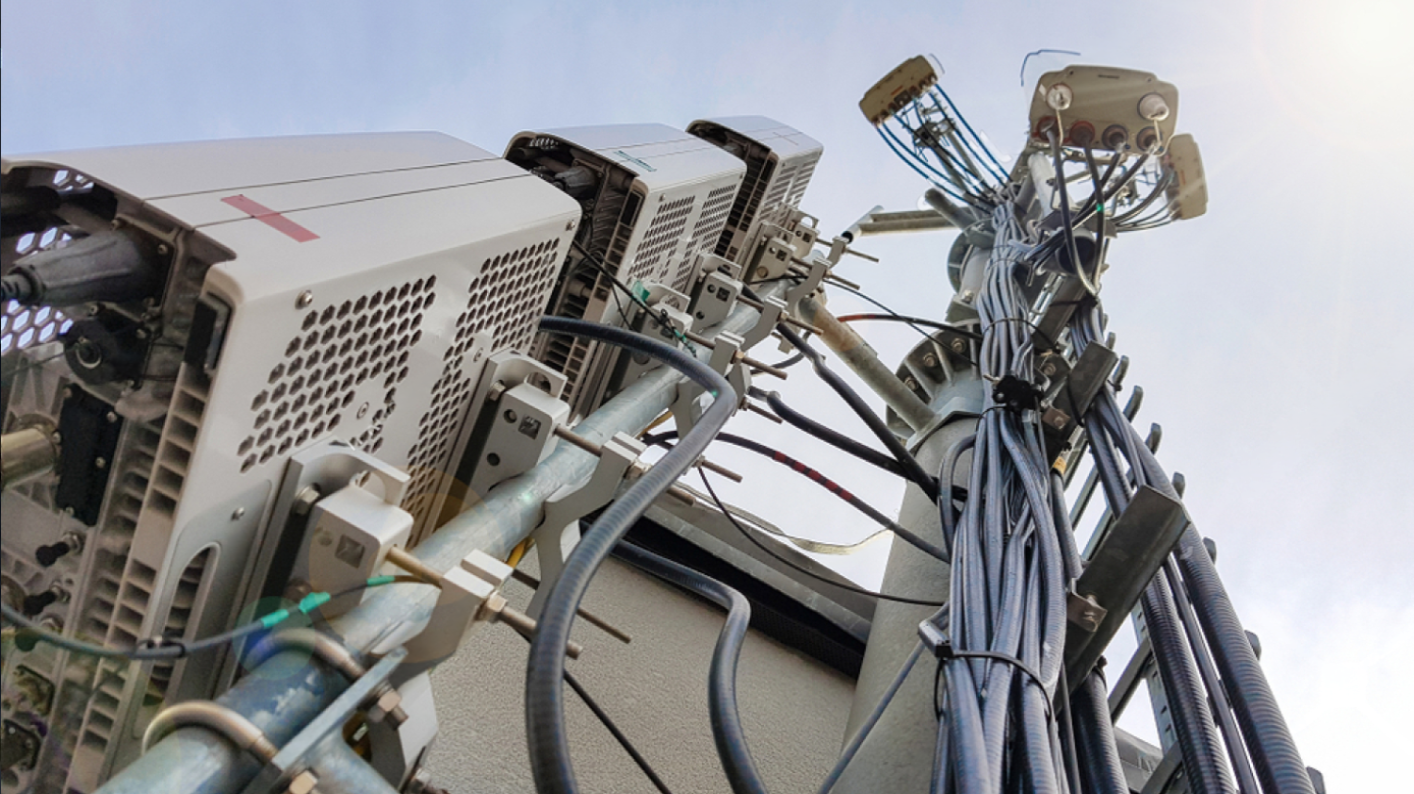October 2, 2025

The future of enterprise connectivity is already here. Private 5G networks and private LTE networks are reshaping the way businesses operate, powering everything from automated factories to smart healthcare systems. In 2025, speed, security, and scalability are no longer nice-to-haves; they’re the standard. Enterprises are moving away from outdated public networks and leaning into private cellular networks that put them in control. Whether it’s robotics on the production line or real-time telemedicine in hospitals, the momentum is unstoppable. This blog breaks down the biggest trends in private 5G and LTE that every business leader needs to know to stay competitive.
The demand for private cellular networks is accelerating across industries in 2025. Enterprises are under pressure to deliver faster, more secure, and more reliable connectivity than traditional Wi-Fi and public carrier services can offer. Private LTE networks have already proven themselves as a cost-effective and stable option, particularly in manufacturing, logistics, and healthcare.
At the same time, private 5G networks are emerging as the next phase of digital transformation. With ultra-low latency, massive capacity, and advanced support for IoT, 5G is no longer a “future technology”; it’s here now, and enterprises are exploring deployment strategies at scale.
For IT and operations leaders, the question is no longer if private LTE or 5G will be part of their roadmap, but how soon they’ll adopt.
Private LTE networks remain critical because they provide stability and a mature ecosystem that many industries depend on today. LTE is widely supported by hardware vendors, offers predictable performance, and requires less investment to launch.
However, enterprises are increasingly preparing for a transition to private 5G networks, which bring advanced benefits like ultra-reliable low-latency communication (URLLC) and the ability to support tens of thousands of devices simultaneously. Some organizations are adopting hybrid LTE + 5G models, where LTE handles baseline connectivity while 5G is layered on for advanced applications such as robotics, AI-powered operations, or AR/VR training.
This gradual migration helps enterprises protect their investments while staying future-ready.
.jpg)
One of the biggest drivers of private wireless networks is the explosive growth of enterprise IoT. In manufacturing, logistics, and healthcare, IoT devices are mission-critical, whether it’s sensors monitoring equipment health, wearables tracking patient vitals, or smart cameras securing facilities.
Private LTE and private 5G networks offer the scalability and reliability needed to support tens of thousands of connected devices in real time. Combined with edge computing, these networks allow enterprises to process massive amounts of data closer to the source, reducing latency and enabling faster decision-making.
As industries push toward digital-first operations, IoT adoption is inseparable from the rise of enterprise private networks.
Security concerns are at the top of every CIO’s agenda. Unlike open Wi-Fi, private cellular networks rely on SIM or eSIM authentication, making unauthorized access nearly impossible. Enterprises are also investing in end-to-end encryption to ensure data remains protected at all times.
For industries like healthcare and finance, compliance is equally important. Regulations such as HIPAA and PCI-DSS require data to be handled with strict safeguards. Private LTE and secure private 5G networks meet these compliance standards while reducing the risks of breaches, downtime, and costly fines.
In 2025, enterprises are choosing connectivity solutions not just for speed, but also for built-in security and regulatory readiness.
Until recently, spectrum was one of the biggest barriers to adopting private cellular networks. That’s changing quickly with the introduction of CBRS (3.5 GHz) in the United States, which allows enterprises to access affordable shared spectrum without relying on expensive licensed bands.
Companies can now choose between licensed spectrum for maximum control, unlicensed spectrum for lower cost, or a hybrid approach. This flexibility has lowered the barrier to entry, making private LTE and private 5G networks more accessible to small and mid-sized businesses, not just global enterprises.
With spectrum access improving, more organizations are expected to launch pilots and full-scale deployments this year.
Cost has traditionally been a challenge for enterprises considering private network solutions. But in 2025, new models are making deployments more affordable:
If you’re looking for a deeper dive into the cost breakdown, check out our blog on private wireless networks, which explains CapEx vs OpEx in detail.
The momentum behind private 5G networks and private LTE networks is being driven by industry-specific needs rather than a one-size-fits-all approach. Different sectors are adopting these technologies to solve mission-critical challenges:
Each use case shows how enterprise private networks deliver value: airtight security for sensitive data, speed for automation, and scalability to support thousands of devices.

Enterprises in 2025 are rethinking the old playbook of relying solely on big-name carriers. While traditional telecom providers still dominate the market, their rigid pricing, slow deployment cycles, and one-size-fits-all contracts are leaving many CIOs and CTOs frustrated. That’s why more organizations are turning to alternative ISPs and specialist providers that bring flexibility, speed, and innovation to the table.
Specialist providers like Metro Wireless design private 5G and LTE networks with an industry-first mindset. Instead of forcing enterprises into lengthy contracts filled with hidden costs, they offer tailored private network solutions that reflect the unique needs of sectors like healthcare, logistics, manufacturing, and education. Think faster rollouts, transparent pricing, and network designs that scale alongside your digital transformation goals.
Another key advantage of working with a specialized provider is agility. Alternative ISPs can adapt to evolving technologies, whether it’s integrating IoT at scale, enabling AI-driven automation, or future-proofing infrastructure for private 5G use cases. Unlike large carriers, they don’t just sell connectivity; they become long-term partners invested in outcomes.
To see how enterprises are justifying this shift, explore our business case for private wireless blogs.
The future of enterprise connectivity lies in private LTE and 5G networks. Whether you’re a hospital improving patient care, a logistics provider optimizing fleet operations, or a manufacturer deploying smart robotics, the benefits are clear: greater security, lower downtime, and scalable infrastructure.
Your enterprise doesn’t need to make the leap to 5G all at once. Many organizations adopt an LTE today, 5G tomorrow strategy, building a foundation with LTE and layering in 5G as demand grows.
If you’re evaluating options, browse private cellular networks or explore our case studies to see how real businesses are already making the shift.
What are the top trends in private 5G networks in 2025?
The biggest trends include IoT-driven demand, hybrid LTE + 5G deployments, expanded spectrum availability, and new cost models.
Is private LTE still relevant, or should enterprises move to 5G?
Private LTE remains highly relevant as a stable, cost-effective option. Many enterprises use LTE as a foundation while planning for private 5G.
How is IoT adoption influencing private 5G?
IoT growth in manufacturing, healthcare, logistics, and smart cities is one of the biggest drivers for private 5G adoption.
What spectrum is used for private 5G networks?
Enterprises use licensed, unlicensed, or shared spectrum such as CBRS depending on budget and performance needs.
Are private 5G networks secure?
Yes, they provide SIM-based authentication, encryption, and stronger protection than Wi-Fi or public networks.
How much do private 5G networks cost to deploy?
Costs vary by scale, spectrum choice, and whether you use managed services. Many enterprises achieve ROI within 12–24 months.
Which industries are adopting private 5G the fastest?
Healthcare, manufacturing, logistics, and smart cities are leading adopters.
Do private 5G networks replace Wi-Fi entirely?
Not always. Many enterprises use Wi-Fi for guest access and private LTE/5G for mission-critical operations.
Who are the top private 5G network providers?
Enterprises are increasingly choosing specialist providers like Metro Wireless for custom, cost-effective deployments.
Private LTE and 5G are no longer just future trends, they’re the backbone of modern enterprises in 2025. From secure operations in healthcare to predictive maintenance in manufacturing, private 5G networks deliver the reliability, performance, and scalability that Wi-Fi and public carriers can’t match.
With Metro Wireless private cellular solutions, you get a network tailored to your business needs; faster deployment, lower costs, and higher ROI without carrier lock-ins.
Contact Metro Wireless today and discover how a private LTE or 5G network can future-proof your enterprise.

Tyler Hoffman
CEO
